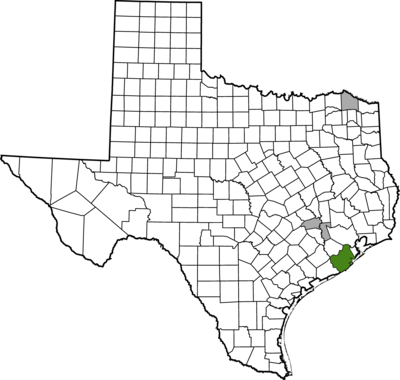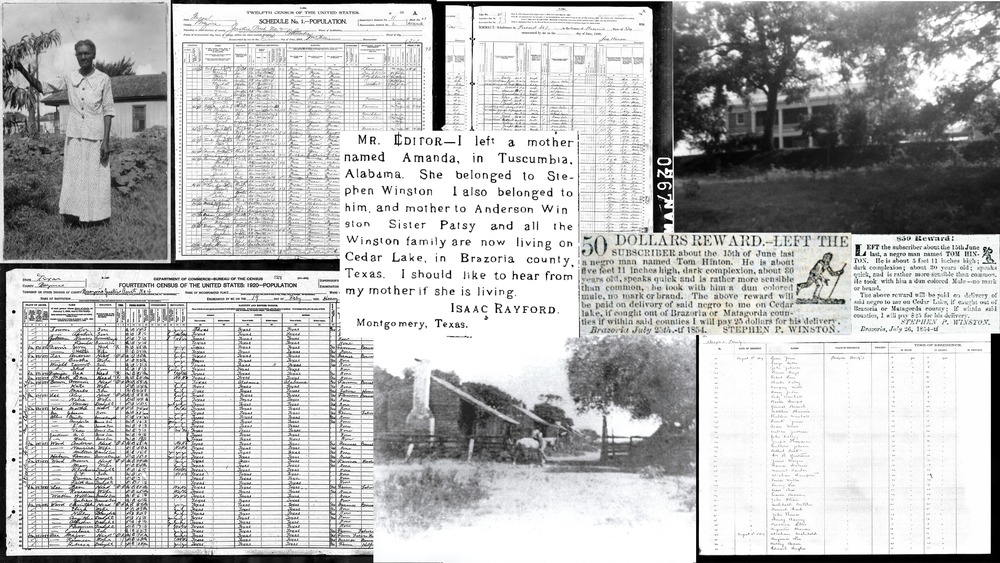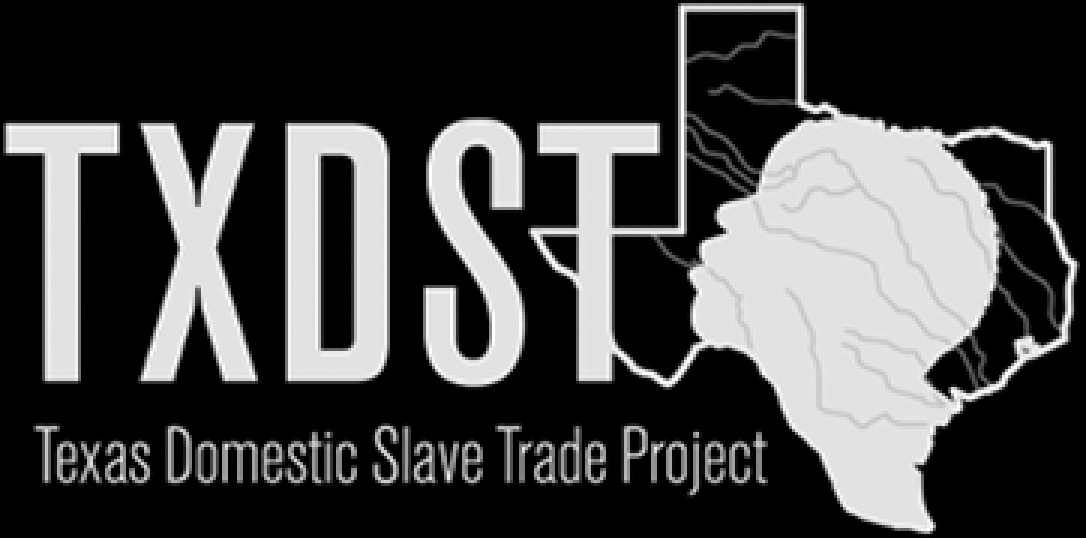
Brazoria County
Locating Personal Experiences in Primary Sources
Methodology: Voices in Print

In the study of slavery, historical sources offering the most valuable information include population census, slave schedules, property records, court proceedings, and personal family archives. In most cases, these records were created to document the activities and interests of white slave owners, and reduced enslaved people into objects that could be bought and sold. It is important to recognize these primary sources were produced in a time of extreme inequality and racial violence. As a result, it is difficult to find detailed information about enslaved people and how they experienced the world through documents that were created solely to report their value to the white people who owned them.
However, important records do exist that detail slavery from the perspective of those who experienced it. Personal accounts from enslaved and formerly enslaved people provide an opportunity to better understand who they were and the lives they lived. Individual testimonies printed in newspapers, books, and other records have left a small paper trail for us to glimpse into the interior lives of enslaved and formerly enslaved people. Voices in Print uses a variety of primary sources that include firsthand narrative to explore what slavery and freedom looked like in Brazoria County.
